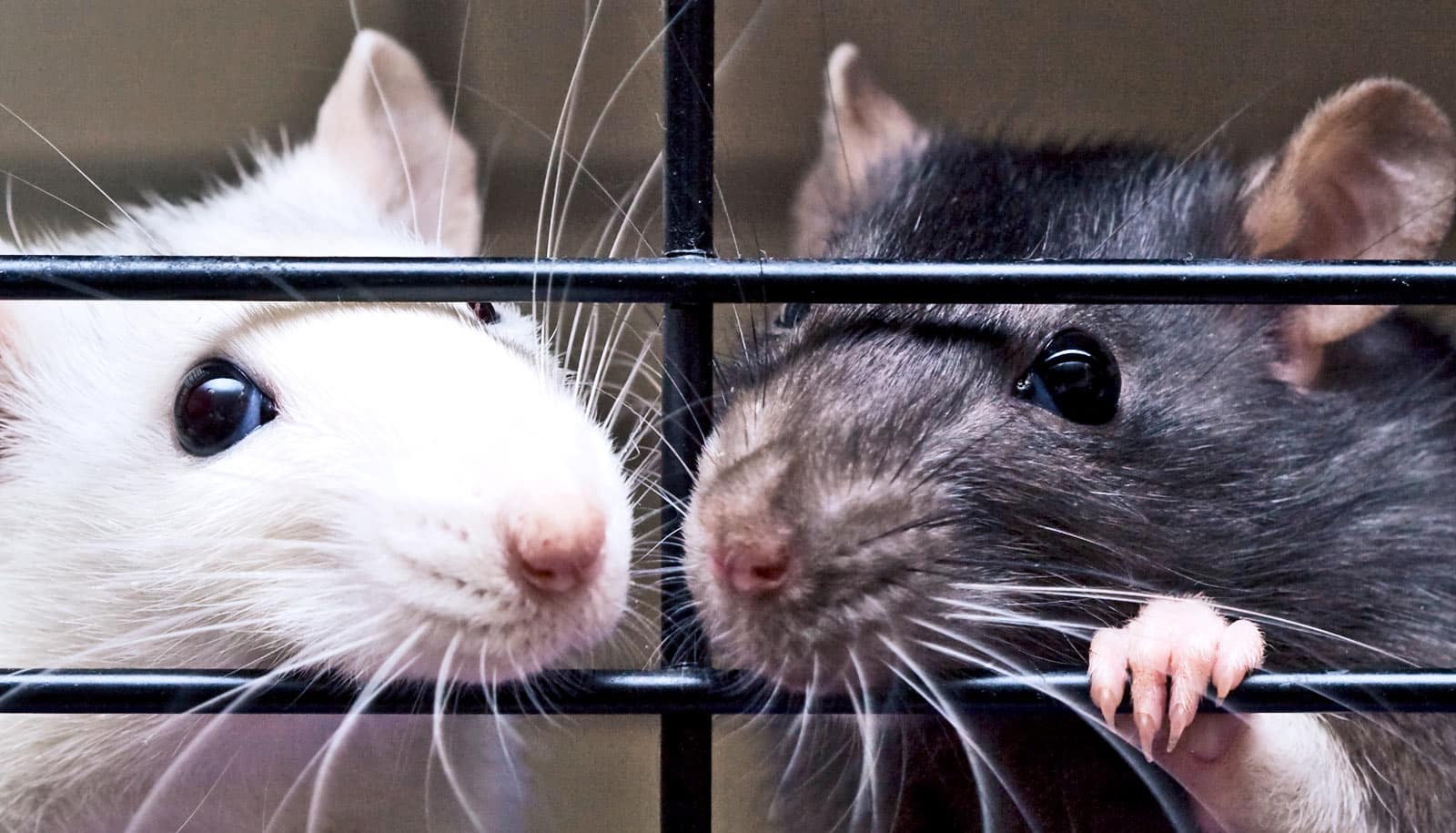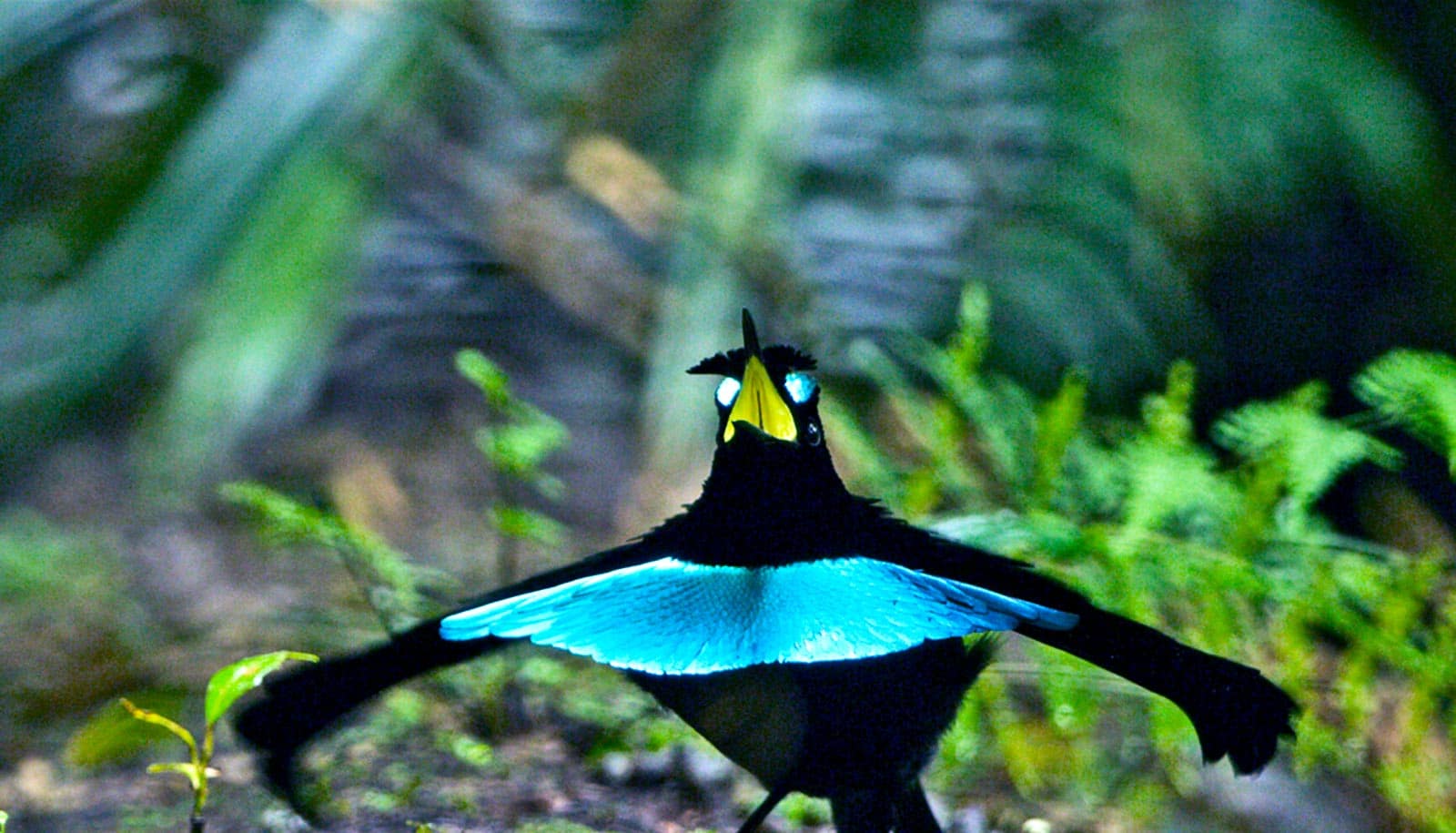Mice and rats are social and chatty. But what are they saying? A new software program called DeepSqueak will help figure that out.
Not only can humans not hear many rodent vocalizations, but existing computer programs to detect these vocalizations have flaws. They pick up other noises, are slow to analyze data, and rely on inflexible, rules-based algorithms to detect calls.
The new program takes an audio signal and transforms it into an image, or sonogram. Reframing an audio problem as a visual one let researchers take advantage of state-of-the-art machine vision algorithms developed for self-driving cars. DeepSqueak represents the first use of deep artificial neural networks in squeak detection.
The rodents seem the happiest when they are anticipating reward, such as sugar, or are playing with their peers.
“DeepSqueak uses biomimetic algorithms that learn to isolate vocalizations by being given labeled examples of vocalizations and noise,” says coauthor Russell Marx, a technician in the John Neumaier lab at the University of Washington. Neumaier’s lab investigates complex behaviors relating to stress and addiction, and created the program with postdoctoral fellow Kevin Coffey, whose specialty is studying the psychological aspects of drugs.
So what have the researchers found out so far?
“The animals have a rich repertoire of calls, around 20 kinds,” Coffey says. “With drugs of abuse, you see both positive and negative calls,” he adds, explaining the nature of addiction.
The rodents seem the happiest when they are anticipating reward, such as sugar, or are playing with their peers, Coffey says. Interestingly, when two male mice are together, they make the same calls over and over.
However, when they sense a female mouse nearby, their vocalizations are more complex, as if they are singing a courtship song. This effect is even more dramatic when the male can smell but not see the female. This observation suggests that male mice have distinct songs for different stages of courtship.
Neumaier, professor of psychiatry and behavioral sciences, head of the psychiatric neurosciences division, and associate director of the Alcohol and Drug Abuse Institute, says his goal is to develop treatments for withdrawal from alcohol or opioids.
“If scientists can understand better how drugs change brain activity to cause pleasure or unpleasant feelings, we could devise better treatments for addiction,” he says.
The program is highlighted in Neuropsychopharmacology. The researchers presented their work at Neurosciences 2018.
Source: University of Washington



